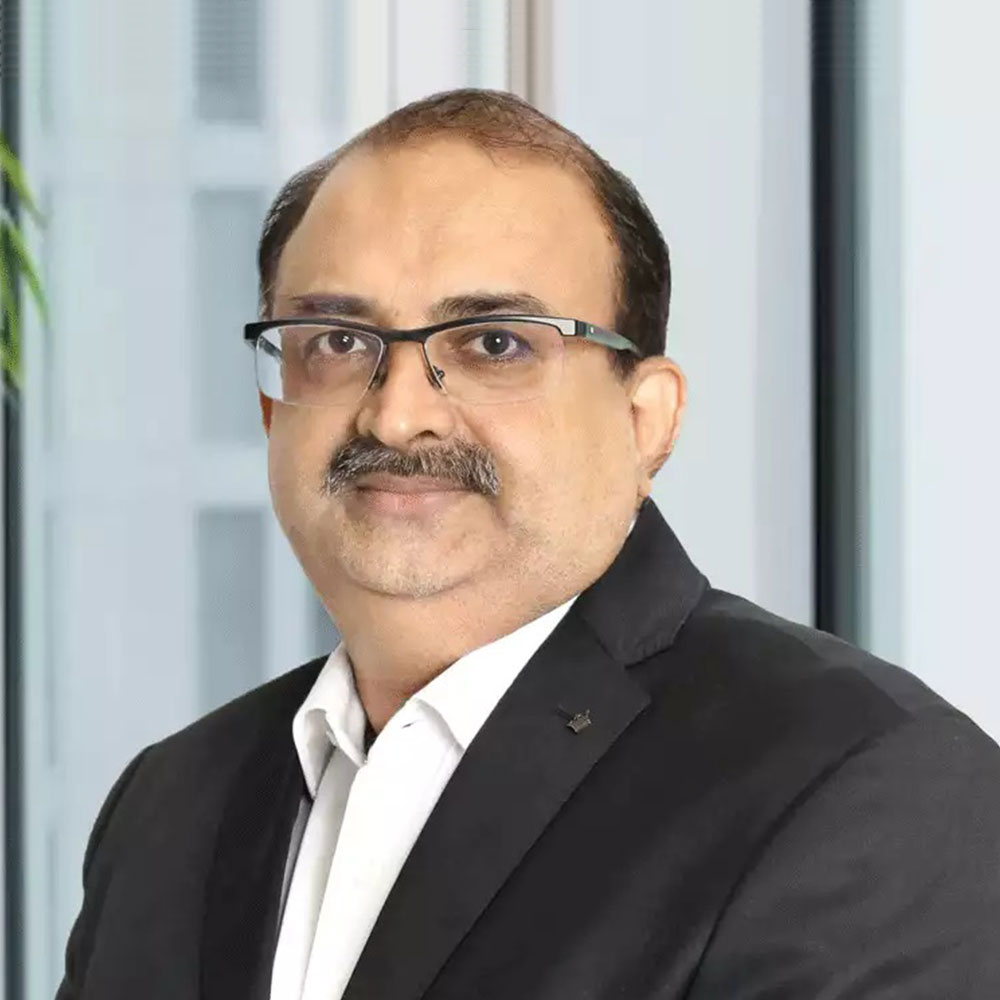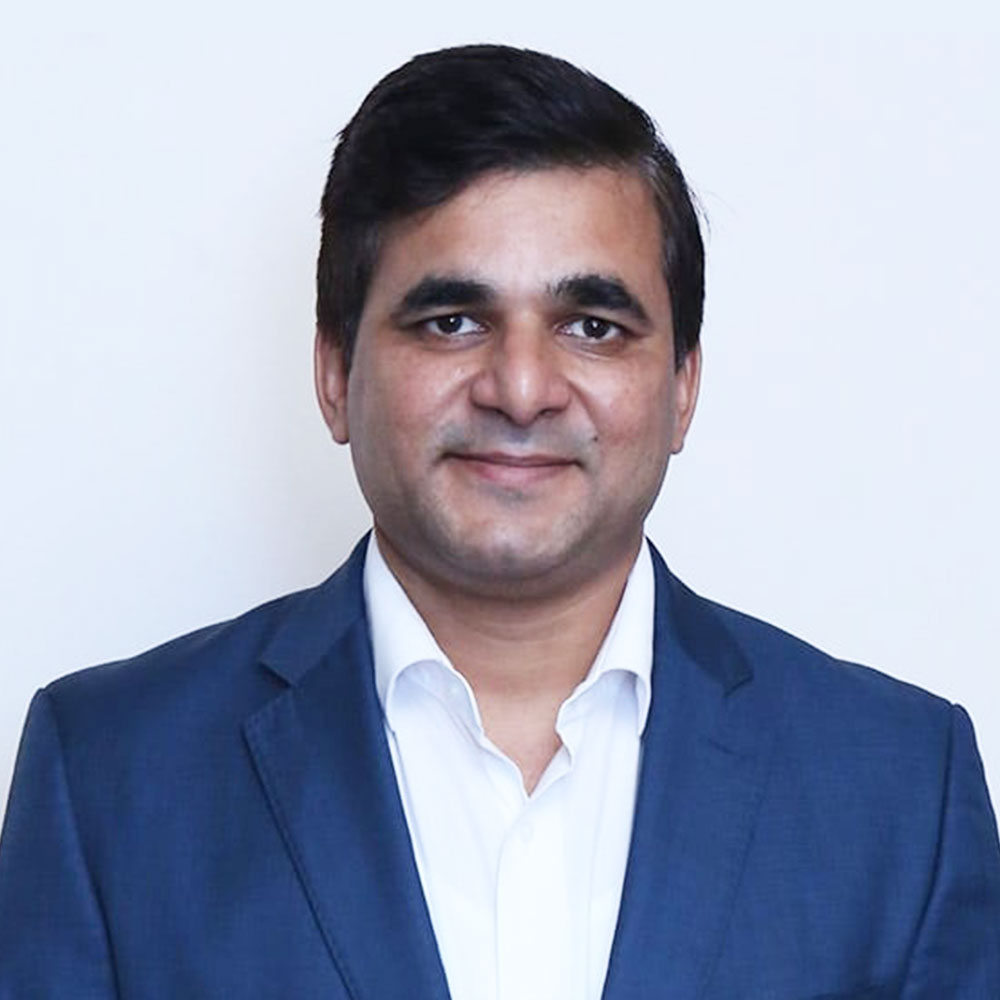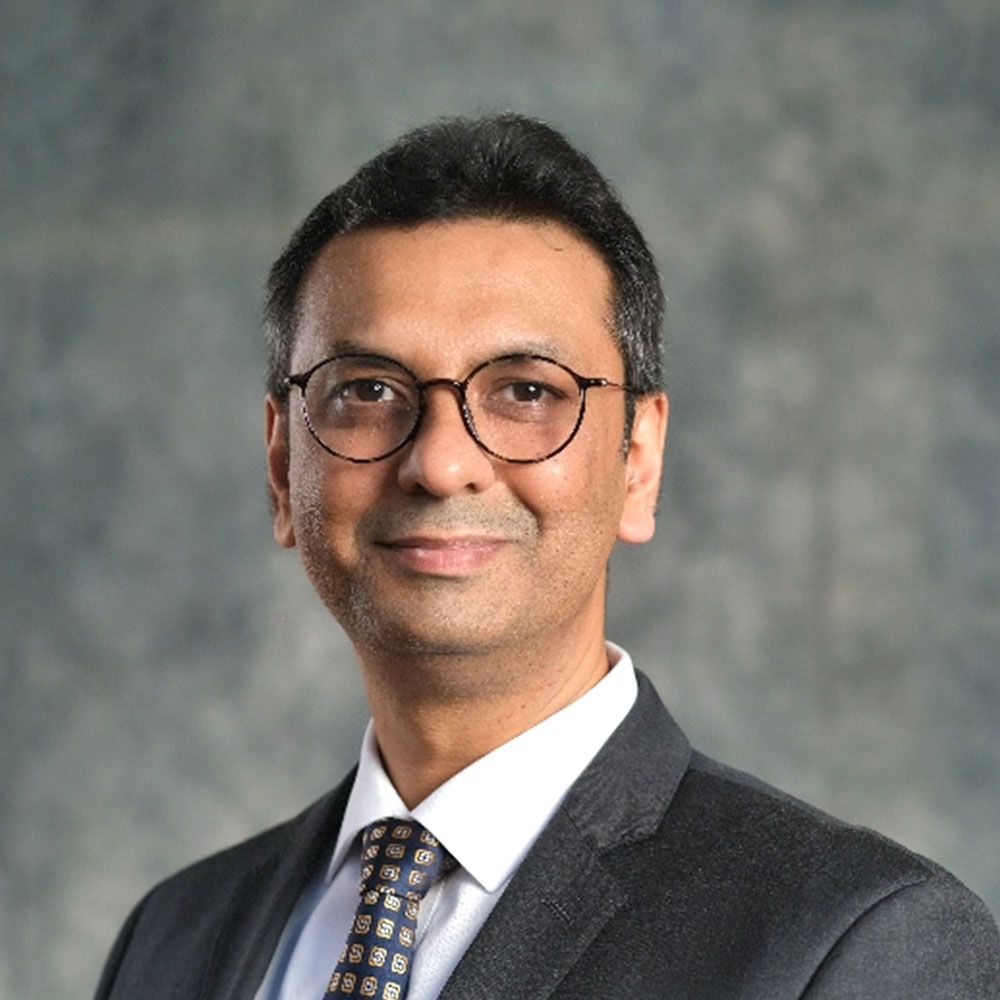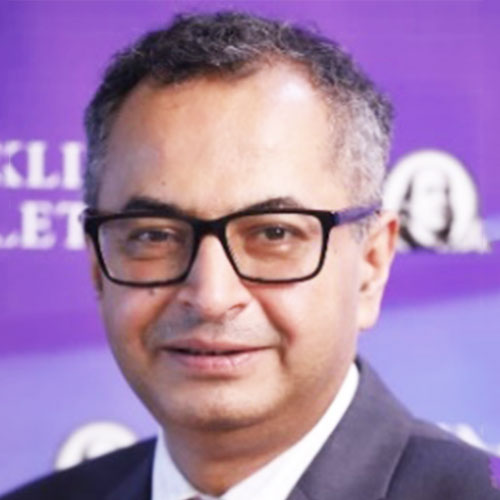Mr. Nimesh Chandan
Chief Investment Officer - Equity
Bajaj Finserv
Nimesh Chandan is an Investment Professional with 22 years of experience in investing in the Indian capital markets. He has an established track record in managing money and advising clients, both Domestic and International, Retail as well as Institutional.
Over the years, he has developed an investment process that generates alpha through informational, analytical as well as behavioural edge. He has been part of the mutual fund industry for 18 years where has managed products across market capitalisation and themes, and developed models on Sustainable Investing, Quant Investing and Asset Allocation..
Nimesh is a keen follower of Behavioural Finance and has been writing and presenting on the role of psychology in Investment Decision-making to the investment community. He has developed a set of processes and tools that help reduce one’s behavioural mistakes and understand the crowd or market behaviour.
Q1. As we begin 2025, how do you expect the year to unfold in comparison to 2024?
As we begin 2025, it's important to acknowledge the uncertainty inherent in predicting market outcomes at this stage. Event risks, including geopolitical developments and global economic shifts, remain key factors that could influence market performance. Domestically, the Union Budget will be a significant event, with potential measures to drive growth, investment, and consumption. However, it's too early to gauge the full impact until we see the details of these announcements.
The policy rate outlook will also play a pivotal role, with both the Reserve Bank of India (RBI) and global central banks navigating a balancing act between inflation control and economic growth. For now, views on how 2025 will compare to 2024 remain fluid and will solidify further after critical economic data is released in March, including corporate earnings and macroeconomic indicators. As always, our focus remains on navigating these uncertainties while identifying opportunities to deliver consistent, long-term value for our investors.
Q2. In this new year, one major event to watch for is the budget. What do you anticipate will be the key focus areas for the government this time?
The Union Budget this year is likely to focus on driving economic growth while maintaining fiscal discipline. The government may announce measures to boost rural development, agriculture, and infrastructure to support inclusive growth and job creation. Investments in sectors like renewable energy, manufacturing, and affordable housing could be prioritized to align with long-term economic goals. Additionally, tax reforms and incentives for individuals and businesses may aim to stimulate consumption and investment.
Another key area could be measures to encourage private sector participation and ease of doing business, particularly through PLI (Production Linked Incentive) schemes and MSME support. Continued emphasis on digital transformation, healthcare, and education is also expected, given their critical role in sustaining India's growth momentum. We will be closely analyzing these announcements for their potential impact on market sectors and corporate earnings to align our portfolios with emerging opportunities.
Q3. With the recent market correction in both BSE and Nifty, is this an opportunity for investors to enter the market or increase their existing positions?
The recent market correction in both BSE and Nifty can offer a good opportunity for investors, but the approach should be tailored to their risk-taking capacity and investment goals.
-
Low-Risk Investors: For conservative investors, market corrections can present opportunities to add positions in large-cap, stable companies with strong fundamentals and consistent earnings. These stocks tend to be less volatile and provide steady returns over time. Our large-cap fund with a focused strategy could be a suitable option here.
-
Moderate-Risk Investors: For investors with a moderate risk appetite, this market correction may offer opportunities to invest in a mix of large-cap and mid-cap stocks, which have growth potential but come with slightly higher volatility. Our large and mid cap fund with moat investing strategy and which invests a minimum of 35% in each of large and mid cap stocks, could help capture upside while managing risk.
-
High-Risk Investors: For those willing to take on more risk, market corrections can present attractive entry points into sectoral and thematic funds. We have 2 offerings in the sectoral and thematic space - consumption and healthcare fund, which could be suitable for high risk investors.
Key Factors to consider:
-
Market Volatility: While corrections offer opportunities, markets can remain volatile in the short term. It's important to maintain a long-term perspective to avoid making decisions based on short-term market movements.
-
Risk Diversification: It's essential to not concentrate investments in just one or two sectors. Diversified equity funds offer a balanced approach to manage risks while participating in market growth.
-
Fundamental Analysis: Ensure that investments are being made in fundamentally strong stocks or sectors with robust growth potential, rather than being swayed solely by market price movements during the correction.
This market correction presents a good entry point for investors based on their risk profiles, and mutual funds offer an efficient way to diversify across sectors and market caps, aligning with both conservative and growth-oriented strategies.
Q4. Is the popularity of index and factor-based passive funds a passing trend, or do they represent a sustainable and enduring investment approach?
The popularity of index and factor-based passive funds is not a passing trend but rather represents a sustainable and enduring investment approach. The rationale behind this assertion can be framed within the following key points:
-
Cost Efficiency
Passive funds, whether index-based or factor-based, offer significantly lower expense ratios compared to actively managed funds. With the growing awareness of costs impacting long-term returns, investors gravitate toward these cost-efficient solutions, especially in efficient markets where alpha generation is challenging.
-
Empirical Evidence on Factor Premiums
Factor-based funds tap into well-documented sources of return, such as value, momentum, quality, size, and low volatility. These factors have been empirically proven to deliver risk-adjusted outperformance over the long term, aligning with evidence-based investment approaches.
-
Diversification Benefits
Index funds offer diversification across various sectors, commodities and styles, while factor funds allow targeted exposure to specific risk premiums, enhancing portfolio construction flexibility and resilience against individual stock or sector-specific risks.
The growing popularity of passive funds in India is driven by their structural advantages, including transparency, cost-effectiveness, and alignment with evolving investor preferences. These factors position them as an increasingly integral part of modern portfolio management in the country.
Q5. Which sectors are you currently underweight on and which ones are you bullish about for 2025, and what's driving your stance?
We are currently bullish in the Consumption, Healthcare and IT sectors.
Consumption: We are bullish on the consumption sector due to India’s strong domestic demand and demographic advantages. Rising disposable incomes, urbanization, and a growing middle class are driving robust demand for consumer goods and services. Additionally, government initiatives such as rural development programs, increased infrastructure spending, and welfare schemes are boosting rural consumption. Companies in this sector also benefit from improving supply chain efficiencies and innovations in e-commerce, further enhancing profitability and growth potential.
Healthcare: India's healthcare sector presents a compelling investment opportunity due to structural tailwinds such as rising health awareness, increasing healthcare spending, and an aging population. The sector benefits from both domestic and global demand for pharmaceutical products, medical devices, and healthcare services. Government policies like Ayushman Bharat and incentives for pharmaceutical manufacturing bolster the sector's prospects. Additionally, India's established position as a global pharmaceutical hub, supported by cost-efficient production and strong R&D capabilities, provides further upside for long-term growth.
IT: The IT sector remains a cornerstone of India’s economy, driven by its dominant position in global IT services and digital transformation trends. The sector benefits from a growing demand for cloud computing, AI, cybersecurity, and data analytics. Strong client spending in key geographies like the US and Europe supports revenue growth. Moreover, the sector is positioned to capitalize on emerging opportunities in platform-based solutions and digital engineering. The favourable currency movement and India’s cost advantage in talent acquisition also contribute to the sector's sustained profitability and growth.
Currently, we are underweight in the Utility, Metal and Financial Services sectors.
Q6. The New Year marks a time for fresh starts, and if someone were to begin anew with a capital of Rs 10 lakh, how would you recommend they proceed, particularly if they have a moderate risk appetite? What would be an ideal asset allocation strategy in this case?
For someone with a moderate risk appetite and a capital of ₹10 lakh, the focus should be on achieving a balance between growth and stability while aligning the investment strategy with their long-term goals, time horizon, and liquidity needs.
An ideal asset allocation for moderate risk would typically involve diversification across equity, debt, and other asset classes. Equity investments can provide growth potential, while fixed-income instruments offer stability and consistent returns. Depending on the individual's financial objectives, a portion could also be allocated to alternative assets like gold for added diversification and inflation hedging. Periodic reviews of the portfolio are crucial to ensure that it remains aligned with market conditions and personal goals, making this strategy adaptable and future-ready.






